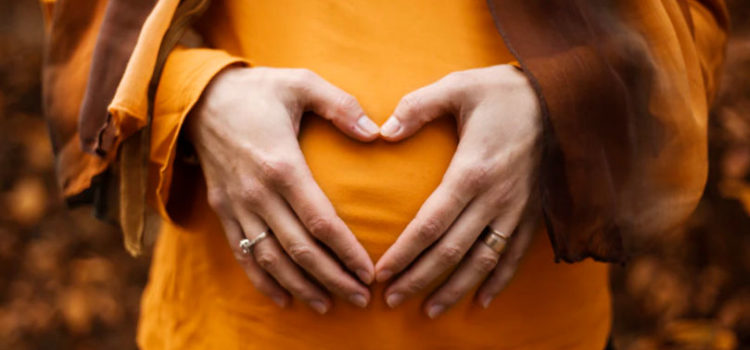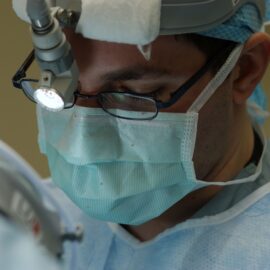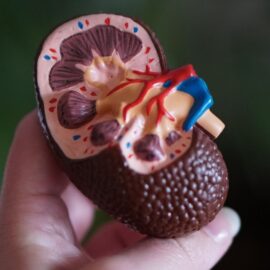

This article is an excerpt from the Shortform summary of "Expecting Better" by Emily Oster. Shortform has the world's best summaries of books you should be reading.
Like this article? Sign up for a free trial here .
Trying to conceive around the day of ovulation is critical to increasing your chances of getting pregnant.
But how do you know when you’re ovulating? What are the best ways to detect ovulation? We cover three of the most common and accurate ways.
Ovulation Detection Method #1: Temperature Charting
The first method of detecting ovulation is to track your body temperature. You may not feel it, but your body temperature varies slightly but significantly throughout your ovulation cycle.
Here’s how your body temperature changes in your cycle:
- In the first half of your period cycle, your temperature will be low, usually below 98 degrees F.
- The day after ovulation, it’ll increase by 0.5 degree or more.
- If you don’t get pregnant, body temperature will drop the day your period starts; if you do get pregnant, it’ll remain elevated.
To track temperatures accurately, check your temperature when you wake up, before you get out of bed and move around. Travel, jetlag, and fevers can affect this.
Temperature charting accurately identifies the day of ovulation 30% of the time, and 30% of the time it mistakenly points to the day before ovulation. So the odds are decent with this relatively simple method.
The downside to temperature charting is that it only detects after ovulation has occurred – so it’s more useful to track your cycle for conceiving in future cycles, not this one.
Ovulation Detection Method #2: Cervical Mucus
The second method of detecting ovulation requires checking your body for changes – specifically, your cervical mucus.
Right before you ovulate, your cervical mucus will be stretchy like egg whites (this consistency is better for sperm to swim through). The day when it transitions to this form is a good day to try conceiving.
To study your cervical mucus, reach into your vagina and run your finger around the cervix.
The benefit of tracking cervical mucus is you can detect the day of ovulation in your current cycle, vs temperature charting which detects changes only after. The drawback is that semen can look like mucus, so it’s more accurate a day after sex.
This method has an accuracy rate in about 50%. Some women combine this and temperature charting for a more accurate picture.
Ovulation Detection Method #3: Ovulation Detection Sticks
The third, and most accurate, way of detecting ovulation is to use the ovulation detection sticks. Simply put, you buy them, pee on them, and look at the result.
These pee sticks detect luteinizing hormone, which peaks the day before ovulation.
The accuracy of ovulation sticks is strong – it identifies the day of ovulation 100% of the time. Of women randomly given access to ovulation detection sticks, 23% got pregnant within 2 months, vs 15% who didn’t have them.
The downside of ovulation sticks is cost – they run about $30 per month. But if you’re struggling to get pregnant, this is a small price to pay!
———End of Preview———

Like what you just read? Read the rest of the world's best summary of "Expecting Better" at Shortform . Learn the book's critical concepts in 20 minutes or less .
Here's what you'll find in our full Expecting Better summary :
- Why much parenting advice you hear is confusing or nonsense
- The most reliable way to conceive successfully
- How much alcohol research shows you can drink safely while pregnant (it's more than zero)
- The best foods to eat, and what foods you really should avoid






